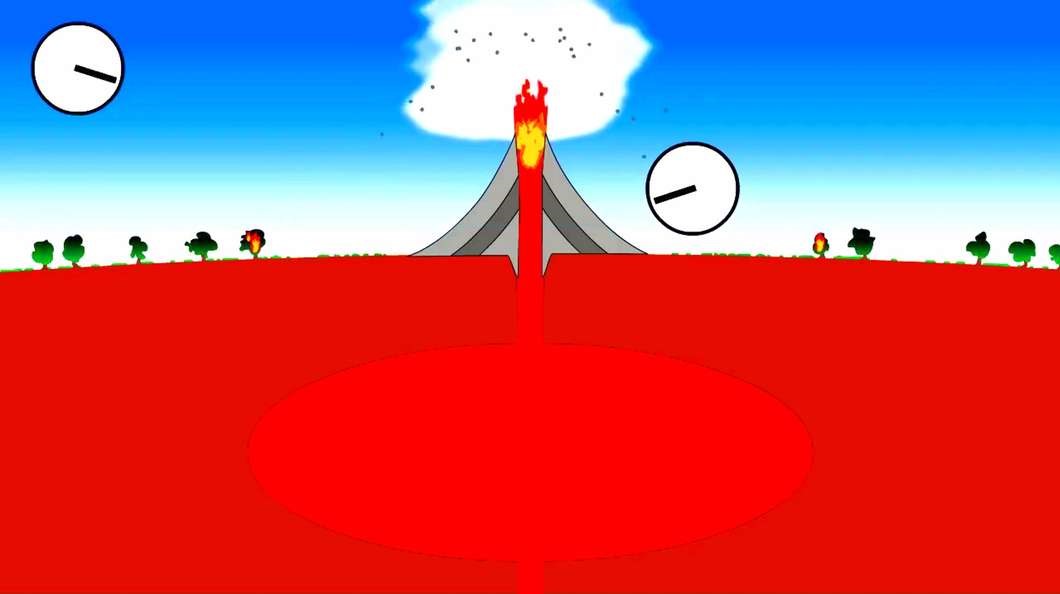
If Earth were a giant head, volcanoes would represent its pimples; some are harmless whiteheads, while others are explosive pustules. At this very moment, a massive pustule of a supervolcano resides in Yellowstone National Park in Wyoming, lying dormant until the day it erupts with a ferocity to match that of the dinosaur-killing asteroid. Seeking to improve our ability to forecast such catastrophic events, a team of scientists from the University of Zurich are turning to atomic clocks as a means of monitoring volcanic activity.
Attuned to the vibration of cesium atoms, atomic clocks are the most accurate time-keeping mechanism ever created by mankind; the most advanced only lose a second once every 10 billion years. For this reason, the devices serve a wide range of applications in physics, astronomy, computing, navigation, and most recently, geology, now that scientists from the Institute of Physics at University of Zurich have devised a way of predicting geological events using atomic clocks.
To understand how their technique functions, one must turn back to Einstein’s theory of relativity — the notion that time is relative to the velocity of observer. In simpler terms, this implies that the time aboard a spacecraft traveling at the speed of light will be different than the time that passed at the origin, so if a couple months pass on the vessel, only a couple years may elapsed back home.
Interesting, gravity bears a similar effect on time and space in that it too can affect the rate at which time flows. A pendulum clock placed on a high elevation has less gravity acting against it, thus the time increases because it takes longer to complete one swing of the same length of string. This effect is infinitesimal, and barely measureable on such a small scale, but has spawned the joke that astronauts aboard the ISS work way extra hours because time flows faster for them.

In any case, this relativistic effect can be applied to volcanoes because those on the verge of eruption fill their underground chambers with molten magma, increasing their overall mass, and thus, local gravity. By positioning an atomic clock within the vicinity of the volcano, researchers are able to detect the minute change in time caused by the increase in mass will cause time to slow down. As a result, the rate of at which time slows can then be measured by comparing the clock to a reference clock at another location.”
A similar technique that relies on satellite GPS signals and less precise clocks has already been used, but it can take months to produce a reading whereas an atomic clock only takes a few hours. By linking a network of atomic clicks with fiber optic cables, the team hopes to create an Internet-based early warning system.
“We need this additional tool to monitor magma movement under volcanoes such as the Yellowstone supervolcano, which is overdue for an explosion that would alter life on Earth as we known it,” states team leader Ruxandra Bondarescu.
Source: Gizmag via University of Zurich
Advertisement
Learn more about Electronic Products Magazine





